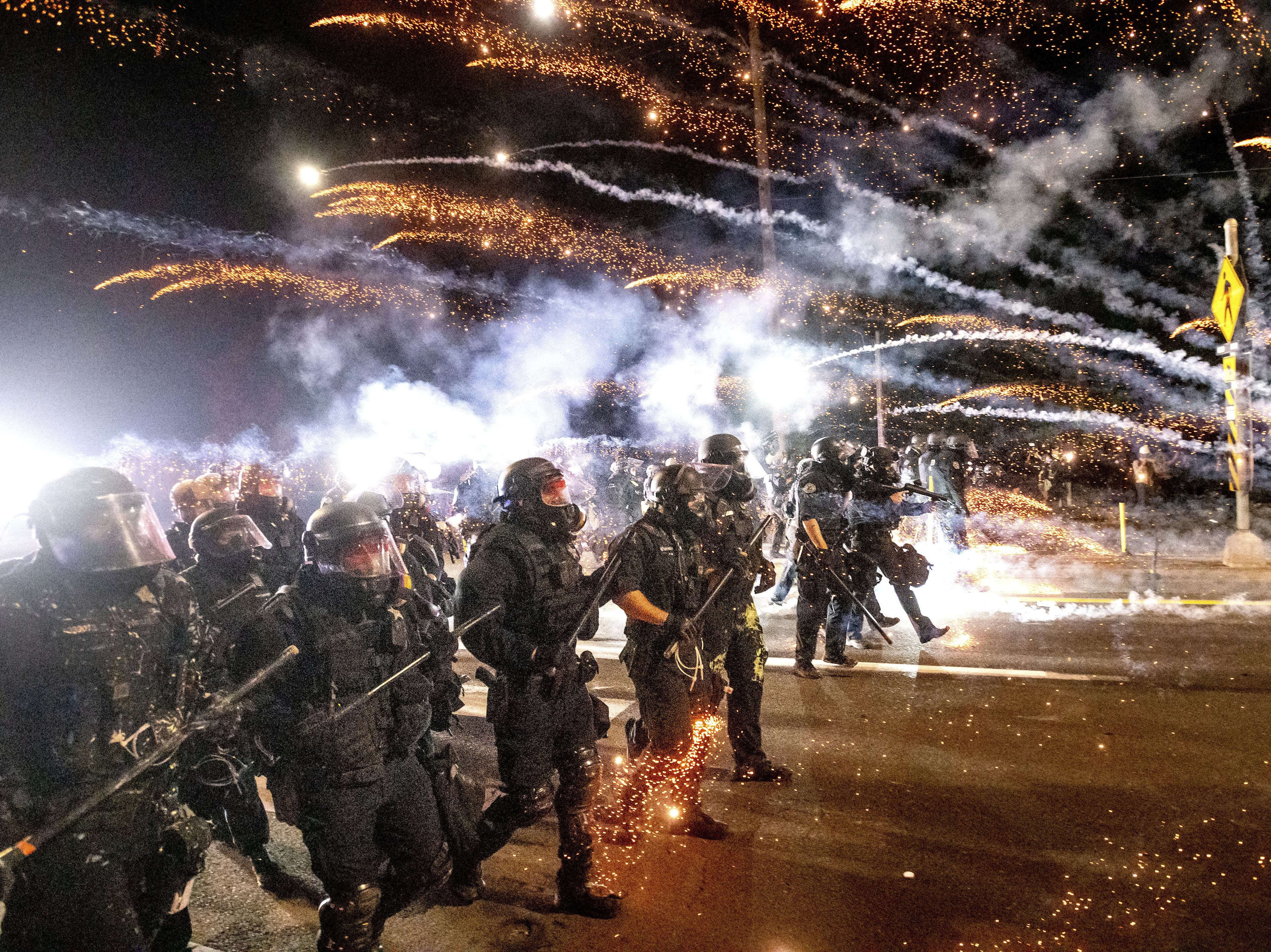Journalist Highlights Irony of Portland Protestors' Complaints Amidst Prolonged Unrest

Journalist Katie Daviscourt recently drew attention to the prolonged and often violent demonstrations that gripped Portland, Oregon, in 2020, remarking on the perceived irony of those involved in aggressive acts complaining about being confronted. In a tweet, Daviscourt stated, "Imagine violently assaulting journalists, residents, and federal police officers for 80 days and then complaining about being confronted." Her comment underscores the intense and sustained nature of the clashes that defined the period.
The protests, initially sparked by racial justice movements, evolved into nightly confrontations, particularly around federal buildings like the Mark O. Hatfield United States Courthouse. Records indicate that the demonstrations extended for well over 80 consecutive days, with Portland police declaring a "riot" on numerous occasions. Federal agents were deployed to protect federal property, leading to escalated tensions and frequent use of crowd control measures.
During this period, there were widespread reports of violence directed at various groups. Federal police officers faced projectiles, lasers, and attempts to breach federal facilities. Journalists covering the events, including Daviscourt herself who has extensively reported on such incidents, often found themselves in harm's way, experiencing assaults and harassment. Residents and local businesses also bore the brunt of property damage, arson, and other disruptive acts.
The sentiment expressed in Daviscourt's tweet reflects a perspective that those engaging in aggressive tactics during the protests, which included vandalism and direct confrontations with law enforcement, were then quick to decry any forceful response or opposition. This dynamic was a recurring theme throughout the prolonged unrest, with authorities and some observers pointing to the sustained aggression from certain elements within the protest movements. The period remains a significant point of contention and discussion regarding civil unrest and law enforcement response.